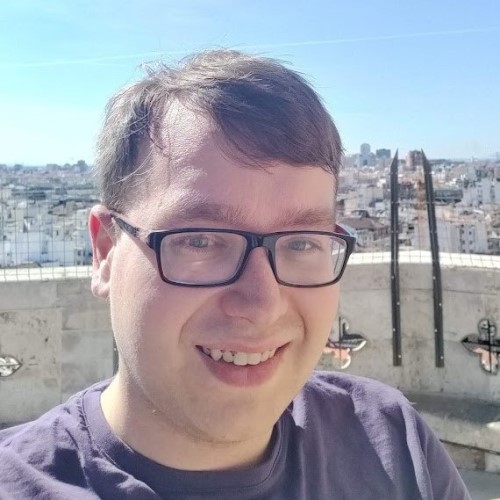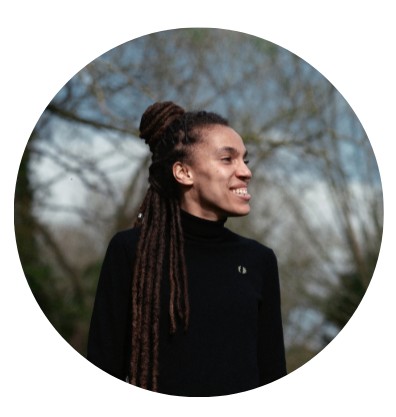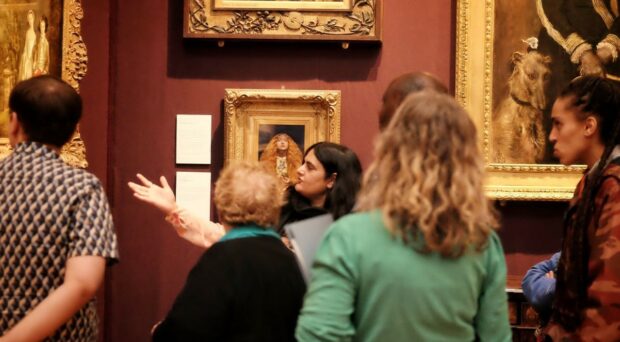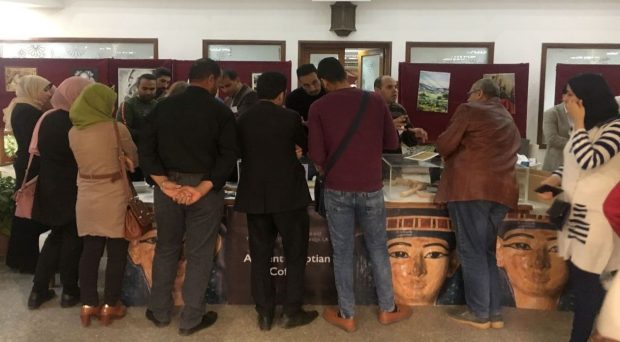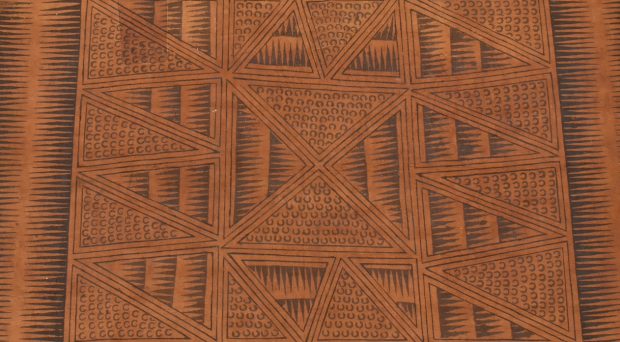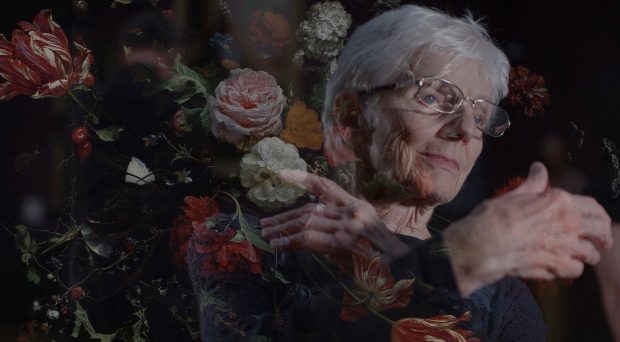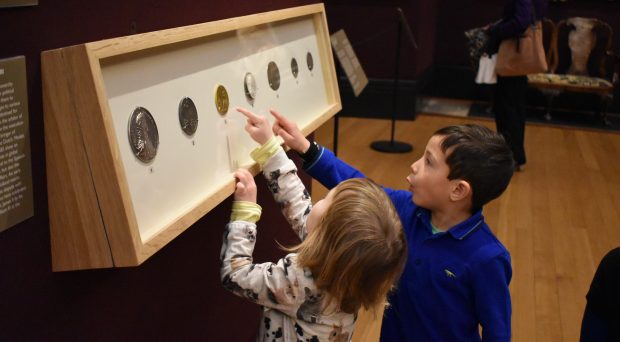Connections Through Collections is a participatory action research project that has worked with ten local Cambridgeshire residents to interrogate how the Fitzwilliam Museum works. Later this year, we will launch a co-curated display in the Museum. In September, we joined our project colleagues at the Group for Education in Museums (GEM) conference to deliver a collaborative workshop, based on our experiences working with the Fitzwilliam Museum over the past ten months.
The workshop was focused on three separate conversations, led respectively by ourselves (Jade, Rob, and Susan and Tim). These conversations focused on topics that we each, individually, wanted to explore further. These were:
Susan and Tim: What is your wedge? How can you work with people from outside of your museum to activate change within your museum?
Jade: What are the values and principles that should guide our work?
Rob: What do we need to do to make community collaboration work?
This Blog shares our process and reflections on the experience.
How did you plan your component of the workshop?
Jade: My component stemmed from my experiences of being a Community Collaborator in Connections and various other projects across the University of Cambridge Museums. I presented my initial ideas to two individuals who do community outreach in museums and asked them to imagine how they would engage with my ideas, also asking if I need to go back to the drawing board. Thankfully they expressed great enthusiasm in my topics! After their feedback I settled on an interactive activity that would allow participants at the conference to engage with my thinking via their own experiences and perspectives on community engagement in museum and gallery contexts.
Rob: I wanted to create an activity that would allow those taking part to gain understanding of our research process as well as to provide feedback. I decided to base this on our Connections discussion sessions. Those on my table would act as participatory action researchers and I would moderate and answer questions about our work. To prompt discussion I started with an open ended question “What do we need to make it work?” and rather than planning a series of questions allowed the conversation to flow based on the participants curiosity and experiences.
Susan and Tim: Planning was really based on the session we all had together (with Museum colleagues) in August. I hadn’t realised that I would be leading our section. If I had, I probably would have done it slightly differently. Fortunately, we were able to go with the flow and it certainly seemed well received.
I explained that we often talk about the ‘thin end of the wedge’ negatively, but in our case, we were looking at it as a positive thing, as it is the beginning of change. We then discussed how the wedge could be started off in the museums the participants worked in, what they would like to do, or even who the wedge might be. Tim explained his statement that he hates Museums, clarifying that he means that he wants them to change, and showed everyone a 3D model of how he feels a museum could open up and come to life.
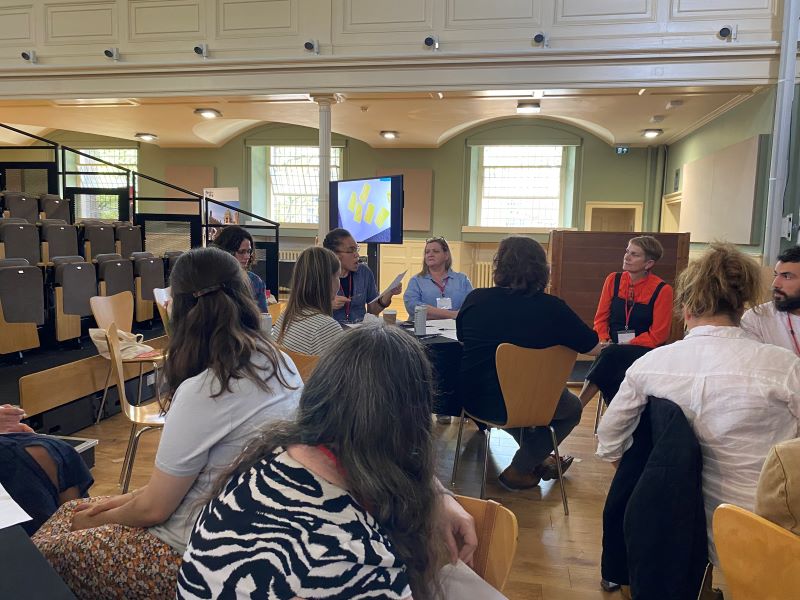
What were your highlights of the workshop conversations?
Jade: How deeply the points I put to participants resonated with them was extremely affirming. They were able to take my ideas and share examples from their own community work, which demonstrated a need for such ideas to be considered. We were able to collaboratively think about and build on these suggestions and I found the additional ideas generated by the participants to be invaluable.
Rob: The highlights for me were the moments where participants would discuss their personal and their museum’s relationships with participatory action research and how the workshop has made them consider trying to apply ideas that came up in the workshop at their own workplaces. I particularly liked that these conversations occurred naturally without prompting, and that in every instance I was part of the participant group.
Susan and Tim: The highlights of the workshop, for me (Susan), were the two participants who felt just as strongly as I did that most museums are stuck in a rut and wanted to make changes and to try to think outside the box. One person was talking about what she wanted to do at her organisation, and when I heard her I felt like jumping to my feet and cheering! Tim was very pleased with her statement that she hated museums too, or at least Museums as they are.
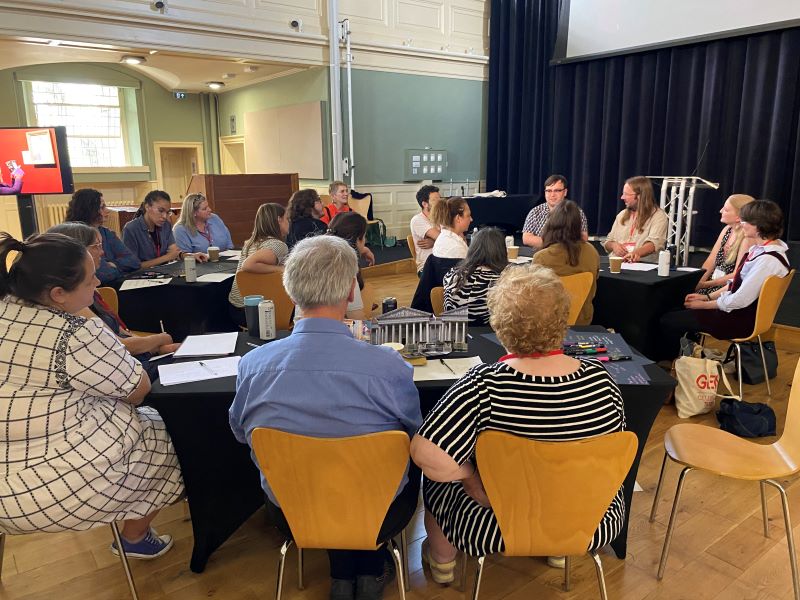
How do you feel the workshop delivery has impacted you?
Jade: It has been such a confidence booster and I’ve been on a high ever since! The format of having three separate tables allowed for each of us to practice leadership in conference workshop delivery which was hugely valuable. Making connections with a couple of workshop attendees was also a very positive experience and I hope something may arise from this in future.
Rob: It’s given me a much stronger understanding of where our research fits within the field of museum studies. Engaging with a variety of museum educators from a wide range of institutions helped me to see in which areas our research is innovating. Watching other presentations at the conference helped me see what else is being done in the sector that we can learn from.
Personally, delivering the workshop has given me more confidence in being able to discuss our research and represent the museum with established and experienced museum educators.
Susan and Tim: What really pleased us both was the fact that someone from the Natural History Museum asked to take one of Tim’s models with her as she was due to lead a workshop shortly with colleagues, and wanted to base it on the model and our delivery. It was a tremendous compliment, and made us feel that what we had offered was valuable. There was one person in our group who actually said very little, but she took photos of Tim’s model, which validates the statement that some of the Connections group often make – an image/object/picture is better than a lot of text!
What could the Museum do better in future (to support participation in conferences)?
Jade: Actively identify groups or individual Community Collaborators who would potentially benefit from attending and delivering a conference workshop or presentation. This would then require you to offer a supportive environment to ensure they feel confident in doing this. Initially the Museum could propose the conferences but perhaps move towards a model where community members can also suggest relevant conferences.
Rob: Providing support for the full conference and offering expenses made it a much more feasible and fulfilling experience than if I’d only had the opportunity to be there for our workshop alone. I would like to see future conferences where co-researchers who are less able to travel or take time to be at the conference are accommodated for and able to participate.
Susan and Tim: It would have been helpful to have been clear further in advance that we were going to lead our part of the workshop. There were some organisational issues, but overall it went well. Another highlight for me was that the Museum staff (the professionals) handed the reins over to us (the amateurs) and let us run the workshop. It showed a tremendous level of trust in us, and belief in what we are trying to do.
A display co-curated by the Connections Through Collections project team will open in the Fitzwilliam Museum at the end of November 2023. For further information please contact df446@cam.ac.uk

